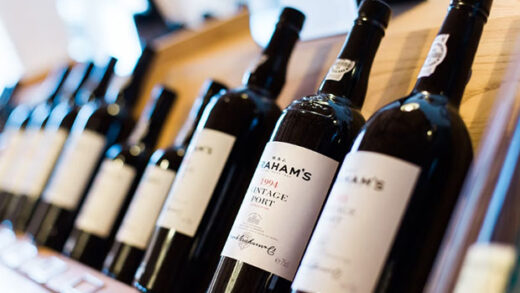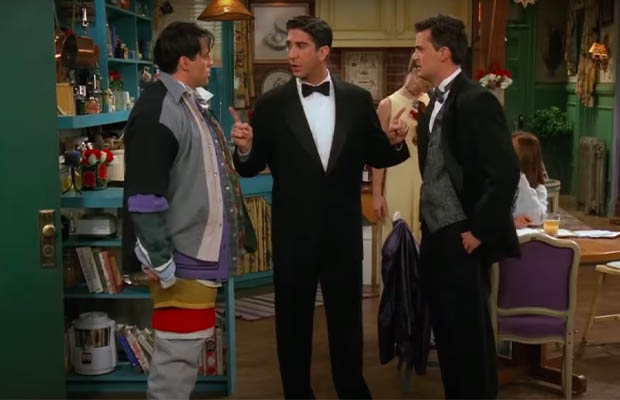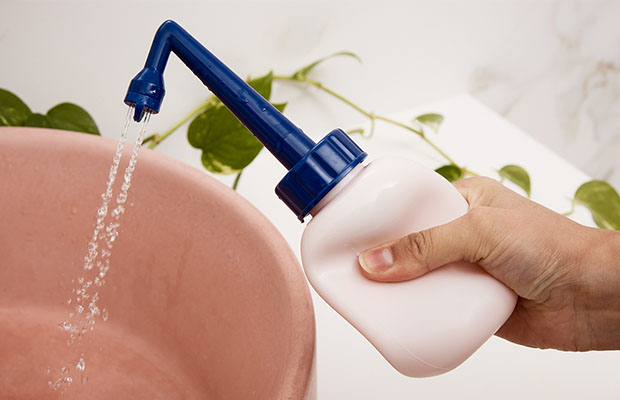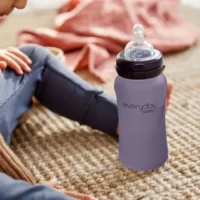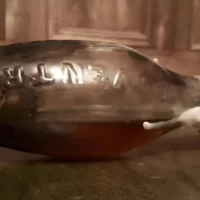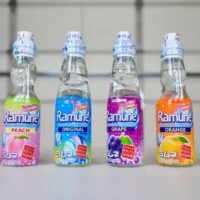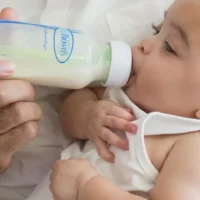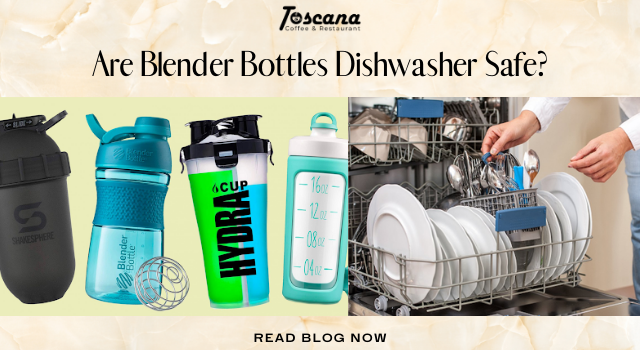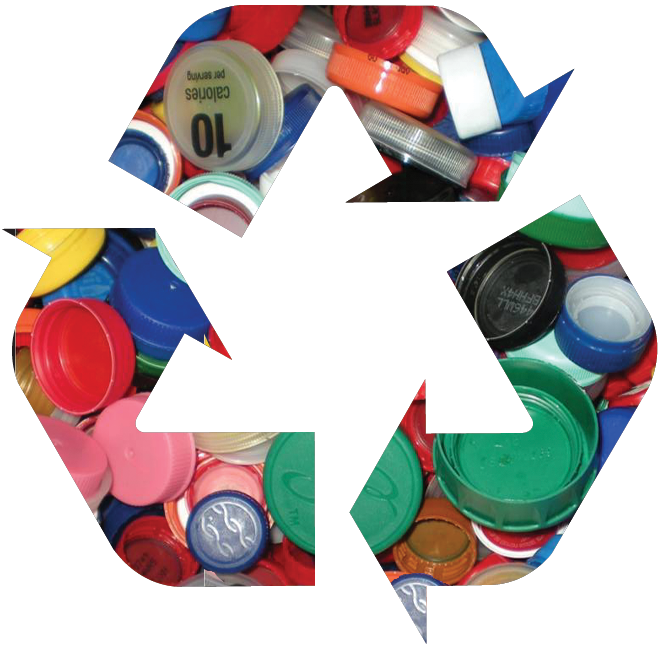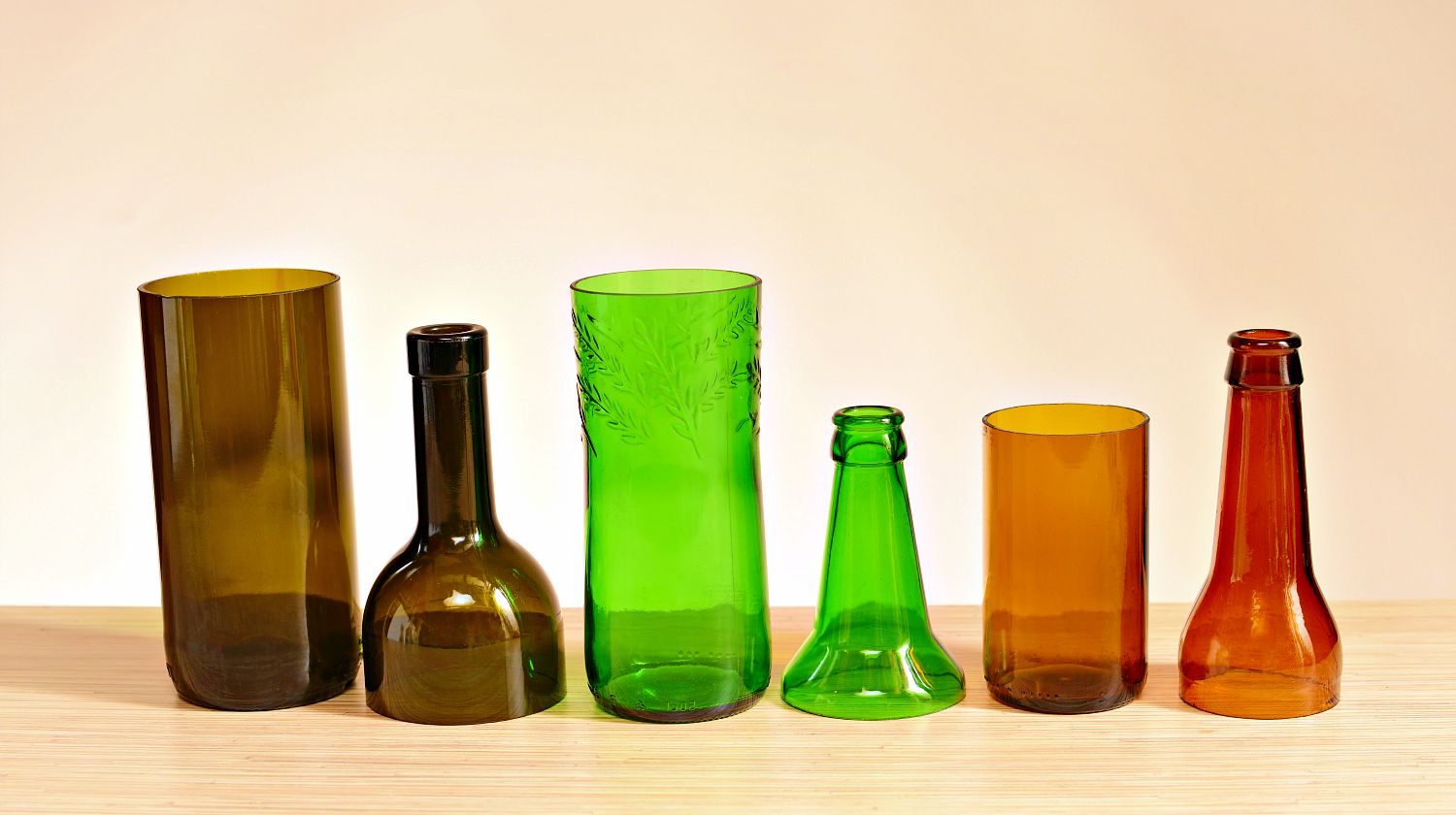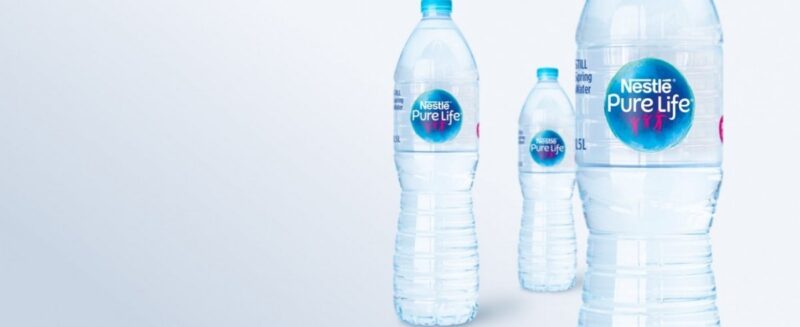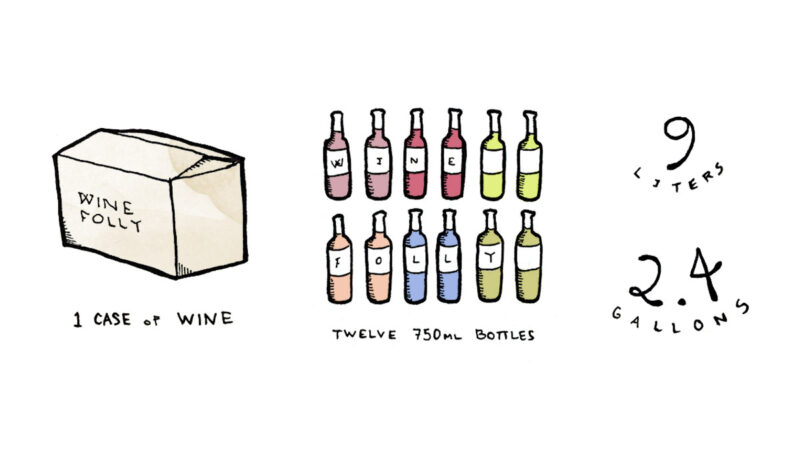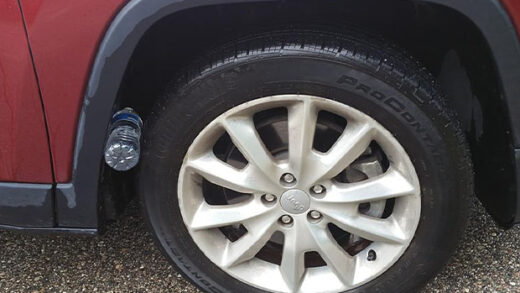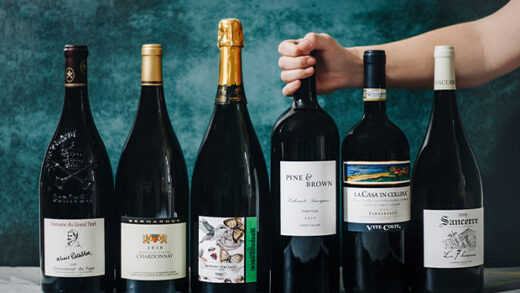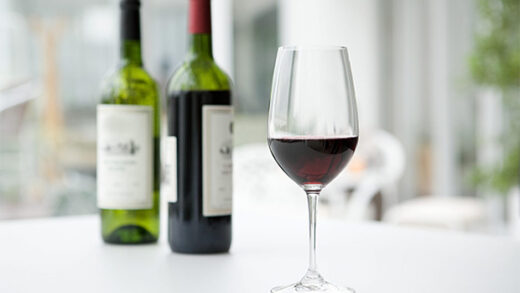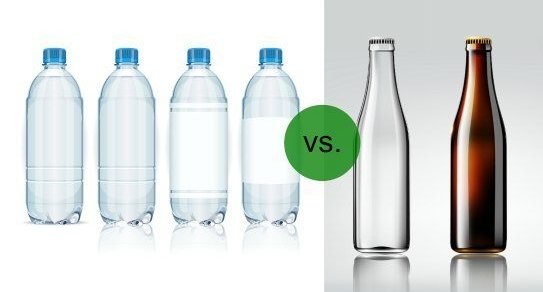Many individuals have started storing plastic and glass bottles around their homes in an effort to be more environmentally conscious. But how to remove labels from bottles? Dealing with that sticky residue after you peel off the label is one of the most annoying aspects of reusing bottles.
Yes, you may wash them with hot water, remove the grease with a butter knife, and put them in the dishwasher. The majority of the time, labels remain on bottles even after they have been cleaned in the dishwasher. Today we are going to provide you with some other ways which are useful.
Table of Contents
Reasons to Remove Bottle Labels
Unaware of the usefulness of empty wine bottles, many people throw them away or recycle them. They are occasionally sold on eBay for 0.50, while better bottles can go for as much as $5.
There are good reasons why wine business professionals and amateurs hold on to them. Wineries that produce private labels take the labels off popular wine bottle sizes so they can reuse them.
Read More: Bottle Paint Ideas
Easiest Way to Remove Labels From Bottles
You will require:
- Hot water
- Huge package
- White vinegar or baking soda
- Glass container
- Sponge
Steps:
- Step 1: Take a sizable container and fill it with hot water. Five minutes after adding some baking soda to the water, remove it.
- Step 2: At this point, properly submerge the label of the glass bottle in the solution. For around 30 minutes, leave it.
- Step 3: Remove the bottle from the water and dry it off. If it’s a plastic sticker, you can remove it with your hands without any difficulty. If it is a paper sticker, it can still bother you, in which case you can use a knife or pair of scissors. But it will simply peel off.
- Step 4: Apply dish soap and a sponge to the bottle once more.
Other Useful Ways to Remove Labels From Bottles
Chill and Steam
Directions: To sweat off the labels, place your bottle in a steamy, humid room for 30 minutes after 25 minutes in the freezer.
Results: The labels on the bottles were firmly attached; no amount of scraping would make them right even though they appeared to be sweating in a promising way. Angry, we threw them in a tub with baking soda. Voilà.
Bake and Peel
Directions: The bottle should be placed in the oven on its side with the front label facing up. Preheat the oven to 350 degrees Fahrenheit. Use potholders to remove it, then carefully use a razor to peel the label off while the glue is still hot.
Results: Picking up a baked label when the glue is just right is the secret to success. If it’s too hot, it will drip sticky goo all over your fingers and the bottle. If the temperature isn’t high enough, peeling will be more difficult than scraping. Only one out of three labels were removed cleanly (and even then, a thin layer of glue residue was left that needed to be scraped off with a razor).
Hair Dryer
Directions: Apply a label to a high-heat hair dryer and let it sit there for five minutes. With the help of a razor blade, remove the label.
Results: This is a pointless task that will not be improved by spending any amount of time if your hair dryer is old and doesn’t get very hot (ours doesn’t). With this, we had ZERO success.
Ammonia
Directions: Add 1/4 cup of ammonia to a small bucket of water. For 30 minutes, submerge a wine bottle in the bucket of water (cover the bucket). When removing the wine label, put on gloves. To remove any residue, rinse the bottle with cold water.
Results: One of the most efficient ways to remove labels is with ammonia; if you use enough, the label will simply dissolve. The chemical smells, however, are strong. Before using this strategy, make sure the space is adequately ventilated.
Steaming
Directions: Hold the wine bottle over the boiling water for 10 to 15 minutes after bringing a pot of water to a boil. The label becomes softer due to the steam’s impact on the glue. Use your hands to slowly remove the label.
Results: One label peeled off perfectly and was ready to mount after 25 minutes of steaming—10 on the back side and 15 on the front. There was only a small amount of glue leftover. The other wine bottle, which was evidently not ready, was returned to the steamer (we advise using a pasta-draining pot-in-pot to hold the bottles). The peel gets cleaner the longer you steam it, but after about 25 minutes with a particular bottle of Chilean Malbec, we were ready to give up. Baking and steaming are the best options if you want to preserve labels. A soak would be better if you were trying to push through. In the first thirty minutes of steaming, only one out of three bottles had a clean peel.
Now you should have a clear idea of How to remove labels from bottles? If any other problems please leave your message here!

